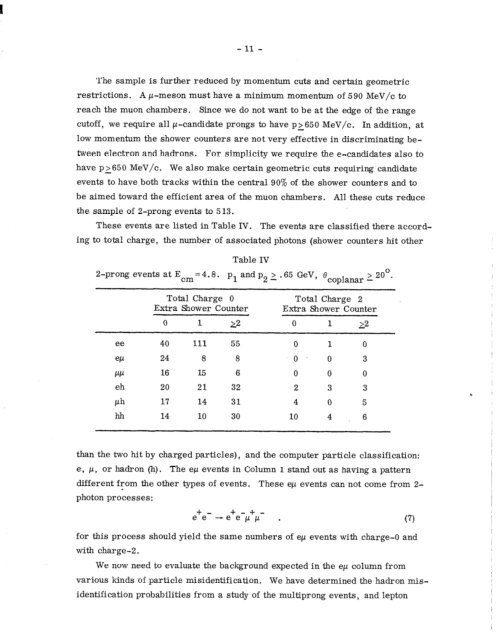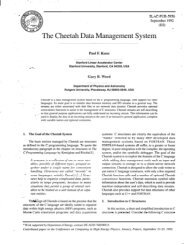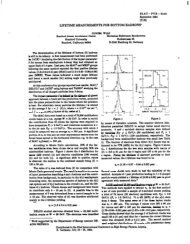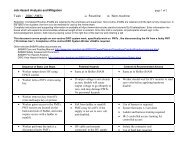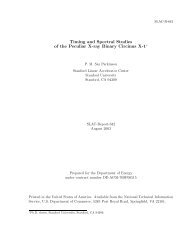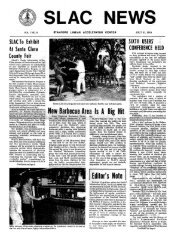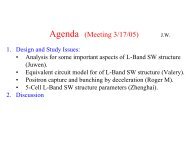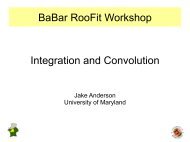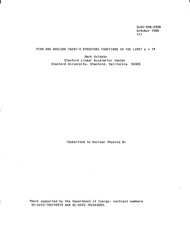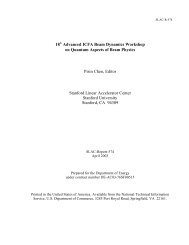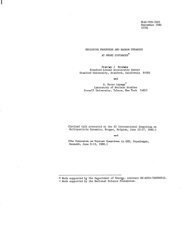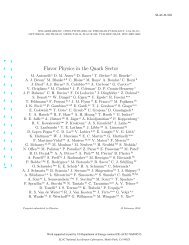SLAC-PUB-1706 - SLAC - Stanford University
SLAC-PUB-1706 - SLAC - Stanford University
SLAC-PUB-1706 - SLAC - Stanford University
Create successful ePaper yourself
Turn your PDF publications into a flip-book with our unique Google optimized e-Paper software.
- 11 -<br />
The sample is further reduced by momentum cuts and certain geometric<br />
restrictions. A p-meson must have a minimum momentum of 590 MeV/c to<br />
reach the muon chambers. Since we do not want to be at the edge of the range<br />
cutoff, we require all p-candidate prongs to have p > 650 MeV/c. In addition, at<br />
low momentum the shower counters are not very effective in discriminating be-<br />
tween electron and hadrons. For simplicity we require the e-candidates also to<br />
have ~2650 MeV/c. We also make certain geometric cuts requiring candidate<br />
events to have both tracks within the central 90% of the shower counters and to<br />
be aimed toward the efficient area of the muon chambers. All these cuts reduce<br />
the sample of 2-prong events to 5 13.<br />
These events are listed in Table IV. The events are classified there accord-<br />
ing to total charge, the number of associated photons (shower counters hit other<br />
Table IV<br />
2-prong events at Ecm =4.8. pI and p2 2.65 GeV, Q > 2o”.<br />
coplanar -<br />
Total Charge 0 Total Charge 2<br />
Extra Shower Counter Extra Shower Counter<br />
0 1 22 0 1 22<br />
ee 40 111 55 0 1 0<br />
ep 24 8 8 o- 0 3<br />
P/J 16 15 6 0 0 0<br />
eh 20 21 32 2 3 3<br />
Ph 17 14 31 4 0 5<br />
hh 14 10 30 10 4 6<br />
than the two hit by charged particles), and the computer particle classification:<br />
e, /J, or hadron (h). The ep events in Column 1 stand out as having a pattern<br />
different from the other types of events. These ep events can not come from 2-<br />
photon processes:<br />
e+e- - e+e-p+p- . (7)<br />
for this process should yield the same numbers of ep events with charge-0 and<br />
with charge-2.<br />
We now need to evaluate the background expected in the ep column from<br />
various kinds of particle misidentification. We have determined the hadron mis-<br />
identification probabilities from a study of the multiprong events, and lepton<br />
L


